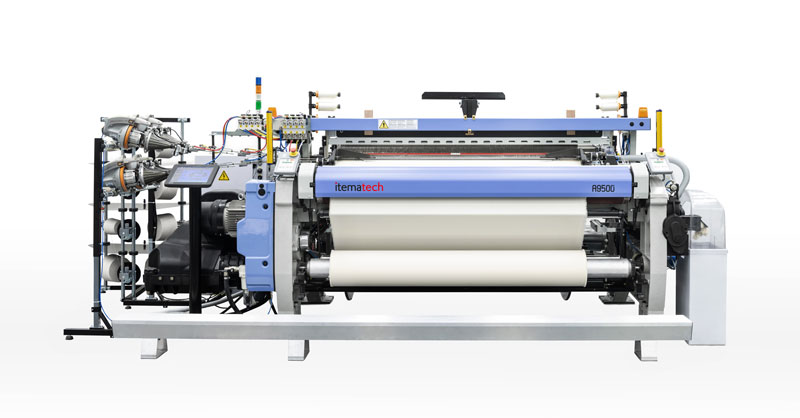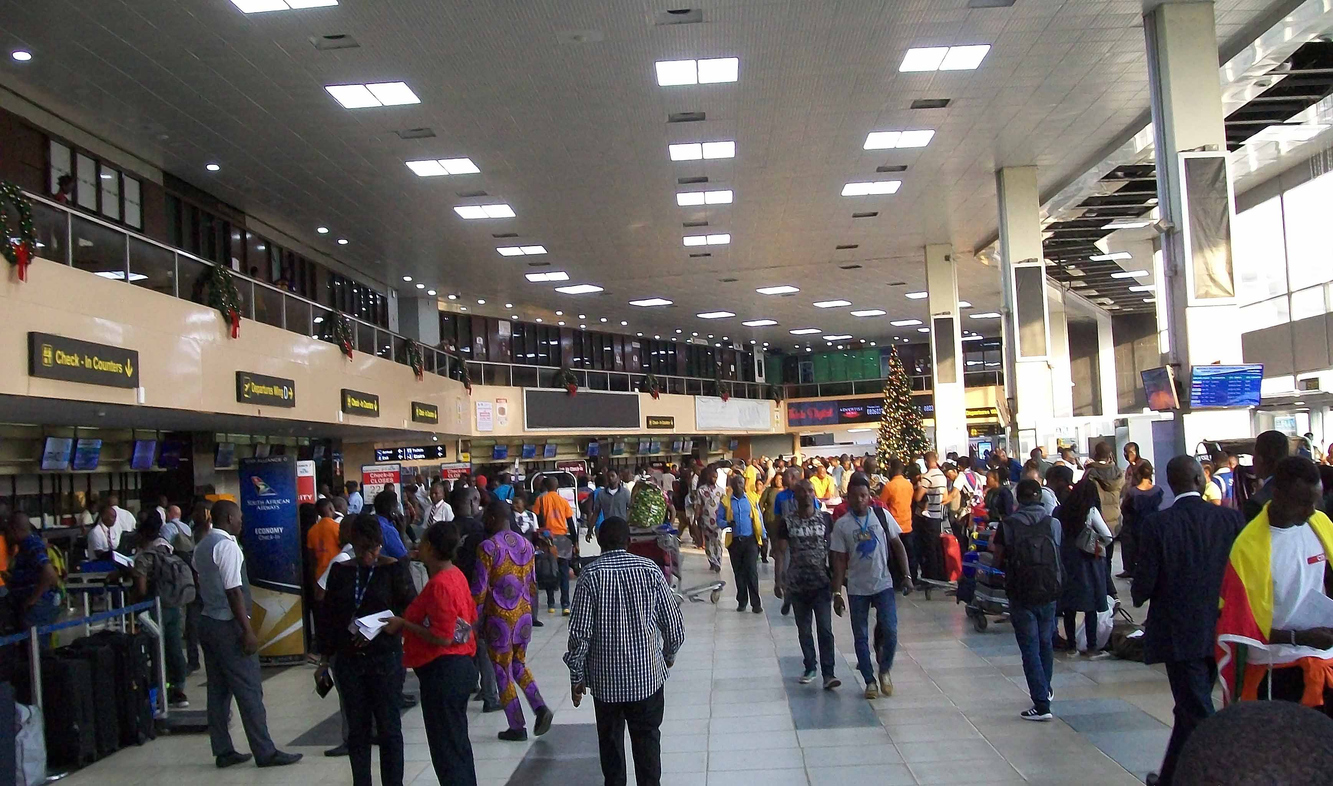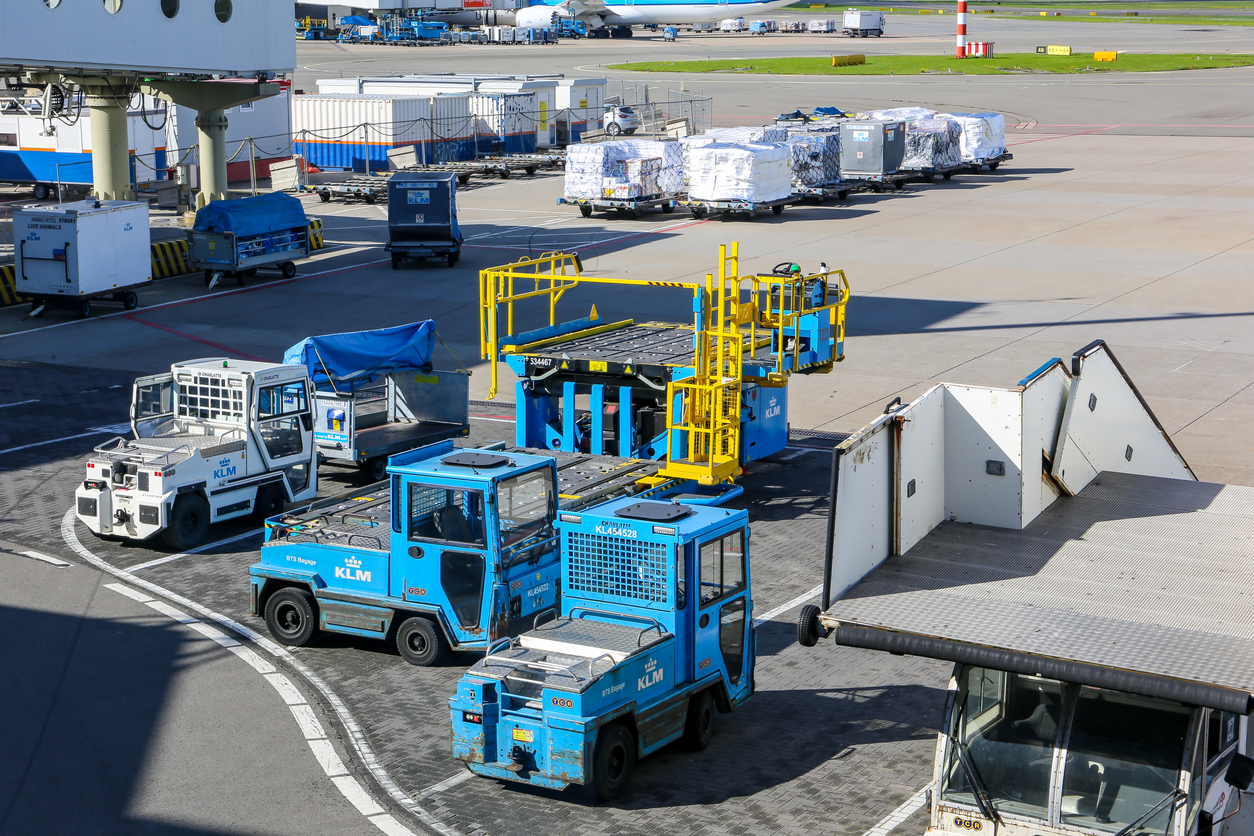A Comprehensive Guide to Buying a Weaving Machine in Nigeria
A Comprehensive Guide to Buying a Weaving Machine in Nigeria
Are you considering investing in a weaving machine but unsure of where to start? You’ve come to the right place! This comprehensive guide to buying a weaving machine in Nigeria will provide you with all the information you need to purchase the perfect weaving machine for your needs. We will discuss the different types of weaving machines available, their features, pricing and where to buy them. Furthermore, we will provide tips on the installation and maintenance of weaving machines. So, if you are looking to buy a weaving machine in Nigeria, this guide covers everything you need to know.
Types of weaving machines
There are different types of weaving machines available, each with their own unique properties. Some of the most common types of weaving machines are listed below: Warp-feed loom – Warp-feed looms are used for weaving fabrics with a plain weave pattern. They are available in both manual and mechanized forms, with the latter being more expensive. Warp-feed looms tend to be cheaper than other types of weaving machines. Weft-feed loom – Weft-feed looms are used for weaving fabrics with a plain weave pattern. They are available in both manual and mechanized forms, with the latter being more expensive. Weft-feed looms tend to be cheaper than other types of weaving machines. Tapestry loom – Tapestry looms are used for weaving fabrics with a twill weave pattern. They are available in both manual and mechanized forms, with the latter being more expensive. Tapestry looms tend to be moderately priced. Double loom – Double looms are used for weaving fabrics with a twill weave pattern. They are available in both manual and mechanized forms, with the latter being more expensive. Double looms tend to be moderately priced. Combined loom – Combined looms are used for weaving fabrics with a twill weave pattern. They are available in both manual and mechanized forms, with the latter being more expensive. Combined looms tend to be moderately priced.
Features of weaving machines
Here are some of the key features of weaving machines – Capacity – Capacity refers to the amount of fabric that can be woven by the machine within a certain amount of time. It is typically measured in terms of length, width, and number of picks. Ensure to select a weaving machine with a capacity that meets your production needs. Weight – Weight refers to the amount of force required to operate the machine. Weaving machines with higher capacities tend to be heavier than those with lower capacities. If you are planning to relocate the weaving machine or require assistance while operating it, ensure to select a lighter model. Foot pedal – Foot pedals are used to operate the weaving machine. The most common types of foot pedals are cam and ratchet, oscillating, and rocker. Ensure to select a foot pedal that will be easy to use. Threading – Threading refers to the process of passing the weft thread through the loom. The type of threading mechanism used by a weaving machine will determine its ease of use. Available options include threaded tie-ups, dial-a-tie-up, shuttle tie-ups, and shuttleless tie-ups. Automatic take-up – An automatic take-up is a device that automatically pulls the weft thread through the loom. It is used to allow weaving machines to weave fabrics with a plain weave pattern. These devices are available in different forms such as shuttle, shuttleless, and roller. Shuttle – A shuttle is a device that holds the weft thread while weaving fabrics with a twill weave pattern. It is available in different forms such as vertical and horizontal.
Considerations when selecting a weaving machine
Machine type – As discussed above, there are several types of weaving machines available. Before selecting a weaving machine, you must determine which type of weaving machine will best suit your needs. Application – You must also consider the application of the machine. Certain weaving machines are better suited for specific applications than others. Power source – Additionally, you must also decide on the power source of the weaving machine. Available options include electrical, diesel, and hydraulic. Ensure to select a power source that is suitable for your location. Price – Finally, you must also consider the price of the weaving machine. You can either purchase used or new weaving machines. When purchasing used weaving machines, you should be wary of their condition and previous usage.
Pricing of weaving machines
The price of a weaving machine will vary depending on its type and features. Here are some of the typical prices for some of the most common types of weaving machines – Warp-feed loom – ₦50,000 – ₦1,500,000 Weft-feed loom – ₦50,000 – ₦1,500,000 Tapestry loom – ₦250,000 – ₦10,000,000 Double loom – ₦150,000 – ₦1,500,000 Combined loom – ₦150,000 – ₦1,500,000 These are just some of the most common types of weaving machines. Other types of weaving machines will have their own prices. Ensure to select a weaving machine that meets your budget.
Where to purchase weaving machines
When purchasing weaving machines in Nigeria, you have many options. You can purchase them from dealers, wholesalers, and retailers. Here are some of the places to purchase weaving machines – Online stores – A large selection of weaving machines can be found on online stores. Ensure to select a reputable online store that is licensed to sell the products you are interested in. Trade fairs – Trade fairs are events where dealers, wholesalers, and retailers meet potential clients. You can purchase weaving machines at trade fairs. Physical stores – Physical stores, such as departmental stores, will also sell weaving machines. You can also find second-hand weaving machines at physical stores.
Installation and maintenance of weaving machines
Weaving machines are generally easy to install, provided you have the right knowledge and tools. Ensure to select a weaving machine that is easy to install. In addition to the weaving machine, you will also need the following tools and supplies to install it – Building or loom plans – Building or loom plans will help you to properly install the weaving machine. You also have the option of hiring a weaver to install the weaving machine for you. Electrical tools – You will need electrical tools to install the electrical components of a weaving machine. Hand tools – You will need hand tools to install the non-electrical components of a weaving machine. Parts – You will need parts such as pulleys and belts to install the mechanical components of a weaving machine.
Conclusion
The textile industry is one of the largest industries in the world. It is also one of the oldest industries in the world. Throughout history, people have used weaving machines to produce fabrics. There are various types of weaving machines available, each with their own unique properties. Before purchasing a weaving machine, you must select one that best suits your needs. Additionally, you must consider the price of the weaving machine, its ease of installation, and maintenance.








LEAVE A COMMENT
You must be logged in to post a comment.